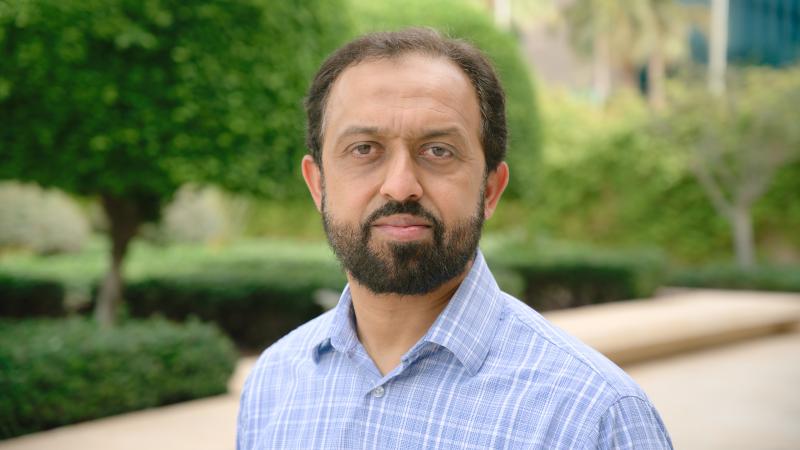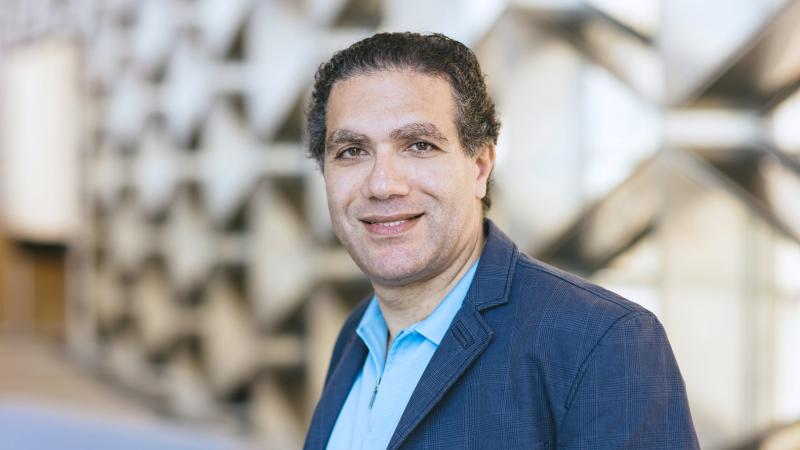Researchers from KAUST, Saudi Arabia, worked with colleagues from Ho Chi Minh University of Technology, Vietnam. They wrote about their work in the journal Nano Energy (citation below).
As smart devices become progressively smaller, the task of powering them gets more challenging. KAUST researchers say they have developed an inexpensive energy harvester that will help recharge IoT devices. The harvester gathers the energy from waves that wireless devices emit.
IoT (Internet of Things) is a system of interrelated machines, devices, objects, people, etc. that communicate with each other. Your car, for example, communicates with your house, which communicates with dozens of devices at home and outside.
System-on-package
System-on-package is one way that researchers are miniaturizing many devices for IoT applications. It is an emerging microelectronic technology that places a whole system on a single chip-size package.
Recent studies have shown that the protective packaging around microelectronic devices could be utilized to accommodate components. It could accommodate, for example, communication antennas for considerably less cost and space requirements.
Making IoT devices more self-sufficient
Prof. Atif Shamim realized that system-on-package principles could help many IoT devices become more self-sufficient. Atif Shamim is an Associate Professor of Electrical Engineering at KAUST’s Computer, Electrical and Mathematical Science and Engineering Division.
Prof. Shamim and his team tried to find strategies to develop highly-compact antennas that could tune into mobile and wireless devices’ radiofrequency signals.
The researchers then teamed up with Khaled Salama’s group, also at KAUST. Together, they worked on converting this energy into electricity. To do this, they used semiconductor diodes.
Khaled Nabil Salama is a Professor of Electrical Engineering at KAUST’s Computer, Electrical and Mathematical Science and Engineering Division. He is also the Principal Investigator at KAUST’s Sensors Lab.
Tapping into more of the wireless spectrum
Radiofrequency harvesters usually only tap into a small part of the wireless spectrum. They might tap into, for example, the 3G standard. The KAUST researchers aimed to create a multiband device that could accumulate energy from several different sources of communication.
First author, Azamat Bakytbekov, a PhD student at KAUST, said:
“Asking one antenna to do the job of several others simultaneously is tricky. You have to make sure the performance doesn’t drop at any one frequency point.”

KAUST researchers build the harvester
To build their harvester, the research team converted a cube-shaped package into the mathematical concept of fractals. Fractals are very complex patterns that are self-similar across different scales.
The team started by 3D-printing a square plastic substrate. They then screened printed fractal antennas on its surface using silver.
Finally, they glued all the five plastic pieces together to form a cube. The cube was about five centimeters across.


